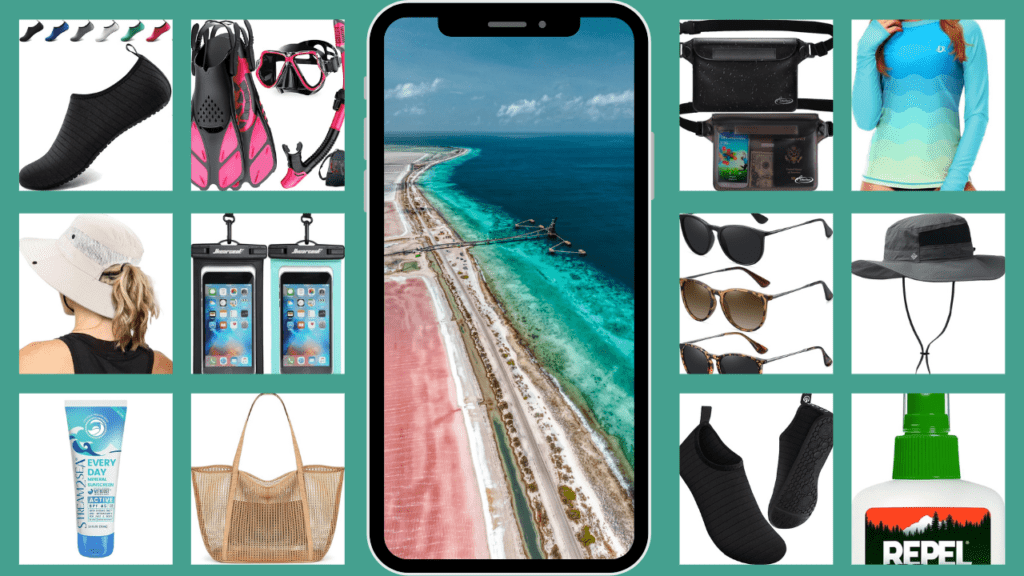If you’re heading to Bonaire and love adventure, Washington-Slagbaai National Park is a must-visit!
This gorgeous nature reserve is packed with rugged landscapes, from cactus-filled deserts to stunning coastlines, and it’s home to all kinds of wildlife like flamingos, iguanas, and colorful birds.
Whether you’re into hiking, snorkeling, or just soaking in breathtaking views, this park has it all. Plus, with its rich history as an old plantation, you’ll get a taste of Bonaire’s past while exploring its natural beauty.
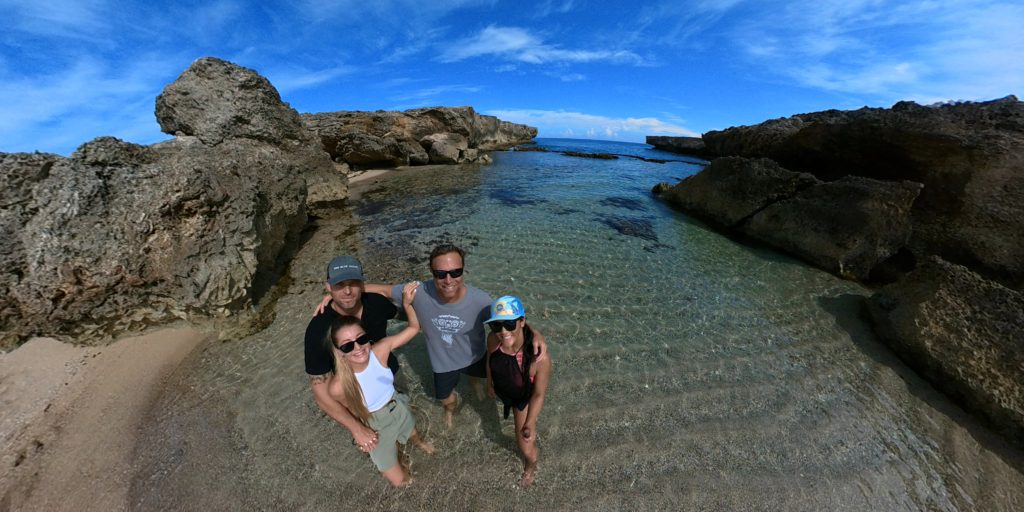
Read on for helpful travel tips if you’re considering visiting the National Park on Bonaire Island.
Washington-Slagbaai National Park isn’t easy to get to (or get around), this post will help you understand what to expect with some ideas on how to plan your day for the best trip possible and to help you determine if its worth visiting.
One KEY thing to note? Make sure the park is OPEN before you make the trek up there. You can easily do this by checking Stinapa’s website!
About Washington-Slagbaai National Park
The Bonaire National park is large, taking up nearly the top portion of the island (or about one fifth of the entire island). It’s 21 square miles, HOWEVER, it has very few roads (two to be exact) and is generally unpaved.
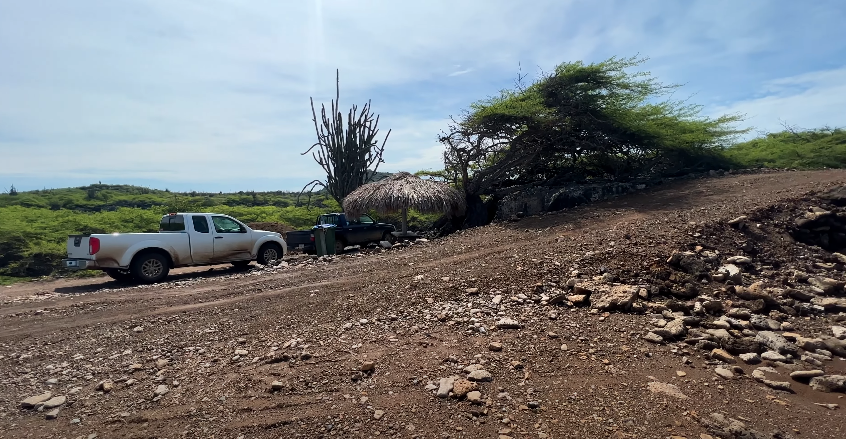
The park is managed by STINAPA (Stichting Nationale Parken Bonaire) they care for the nature and parks on Bonaire and is open daily from 8-5pm. However, don’t forget to CHECK THE WEBSITE to make sure it’s open (sometimes it might randomly close and it’s quite a drive to get up there)!
Coming early is key because (especially if hiking) it can get VERY hot in the afternoon. Also, if you are diving, it takes time to get out of the park given the rough roads and park rangers drive around to ensure you get out on time.
To get in, it requires paying the Nature Fee (which if you are scuba diving on the island, you’ve already paid this).
Things to see and do in Washington-Slagbaai National Park
There are a dozen or so sites to see whether you stop in for a quick peek (at the blowhole, for example) or to hangout for the day (many people were just hanging out on the beach at Boka Slagbaai).
Top activities in the park
- Bird Watching
- Also see tons of animals in general
- Turtles nesting
- Flamingoes
- Parrots
- Wildcats
- Iguanas
- And MUCH more
- Cliff jumping
- Mountain biking
- Hiking (there are a few trails – you can see them here)
- Snorkeling and diving
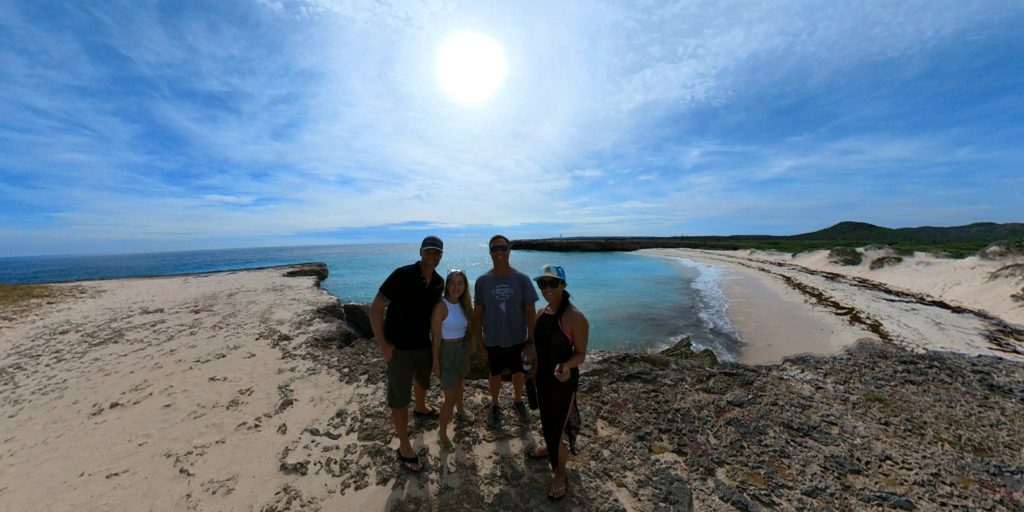
Visitor’s Center Museum and Trails
When entering the park you’ll find the visitors center which has a few walking trails, an information booth where you can pay for your nature fee, restrooms and a small museum.
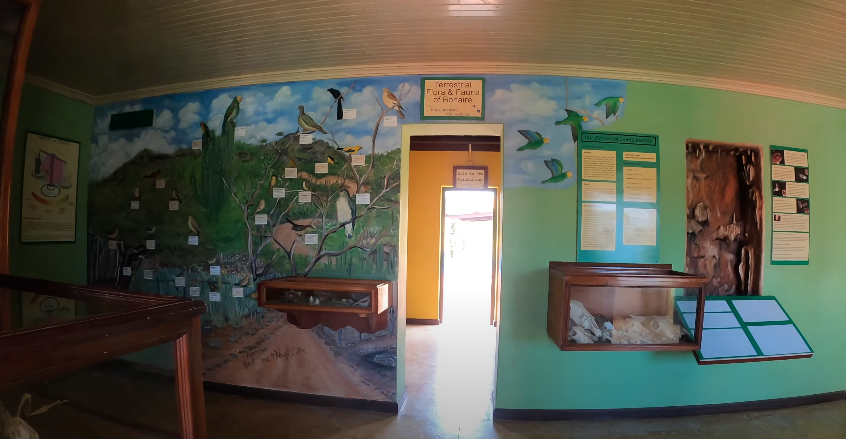
Getting around
Driving around in Washington-Slagbaai National Park you have two options: the “Long Route” and the “Short Route”.
A 4×4 is not required, however, the road conditions are NOT always paved or smooth. Also, given they disturb the wildlife, motorcycles, scooters and quads are not allowed in the National Park.
A reminder there are almost NO amenities in the park (no shops, restaurants and most importantly) – there are NO gas stations.
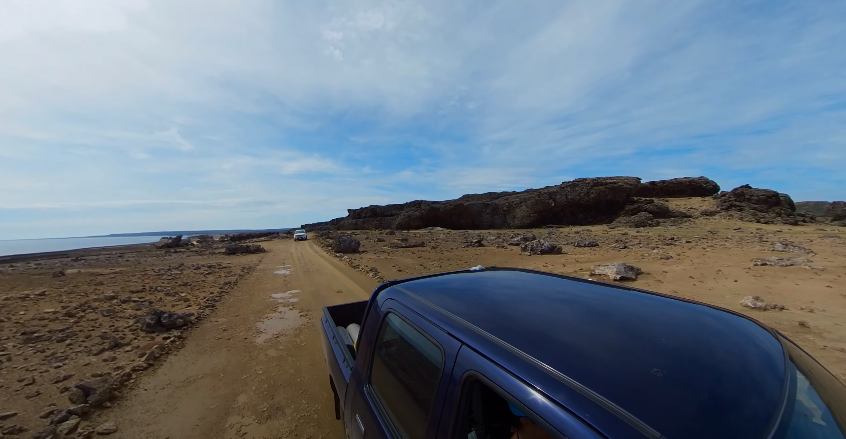
Even though it’s a ONE way road all the way around, you may consider being CONNECTED while you’re out there. I always use eSIM cards like Sim Local to help me stay connected when I travel!
Example itinerary
The way I spent my day was driving to the most scenic spots for a quick peek. See the video below for a visual version of this, otherwise, read on below!
Where to visit:
Playa Chikitu
This was a quick visit because given the wind and waves, this is a beach you are not allowed to swim in. It’s beautiful to look at, but without being able to go in the water, it’s just too hot. It’s great for a quick stop to take a peek and a few photos. It has stunning cliffs and a large beach.
Suplado Blow Hole
On a day that the waves are strong, the blow hole is likely a great site to see. I was here during VERY odd weather. There were hurricanes passing nearby and recent storms on the islands caused the entire North part of the island to be very, very calm. This is great for getting in for the shore dives, but bad for the blow hole (it wasn’t blowing).
This is a great stop for a few minutes to see the blow hole, take some photos and enjoy the stunning rock formations and boulders of Seru Grandi.
It’s important to note that you need proper footwear when exploring this and other areas. For recommendations on what to pack (specifically Bonaire), get the free printable pack list below.
Boka Kokolishi
If you’re bringing a picnic or want a place to sit on the sand and wade in the water, this is your spot. It’s beautiful here and the water is very calm and still given the shape of bay.
This area is named for boka (bay) and the shells that are all over the beach (kokolishi). Definitely bring an umbrella because there aren’t trees around to find any shade.
Boka Bartol
This is the most Northern dive site, but given we had one in the group that was not diving, it’s great for being underwater, but not great for hanging out on the beach. A description of this dive can be found in the video below along with the dive I did end up doing (Playa Funchi).
Playa Funchi
This dive is normally a VERY difficult entry, but given the recent storms, it was very easy to get in. The reef is close to the water which is why we swam past the dive marker before dropping down.
At the dive sites its common to find picnic tables and trash cans. Beware of the lizards, they’re (very) friendly and will jump at you (or your food) if you’re not keeping an eye on them.
Boka Salina and Slagbaai
This is an area where many people hangout on the beach. This bay used to be one of the two main ports of Bonaire. The word “Slagbaai” is derived from the word “Slactbaai” which makes “Boka Slagbaai” stands dutch for “slaughter bay”.
Goats used to be slaughtered here before being sent off to Curacao. These buildings have now been converted into a shaded picnic area and it’s one of the few places within the National park (possibly the only besides the entrance) to have a restroom.
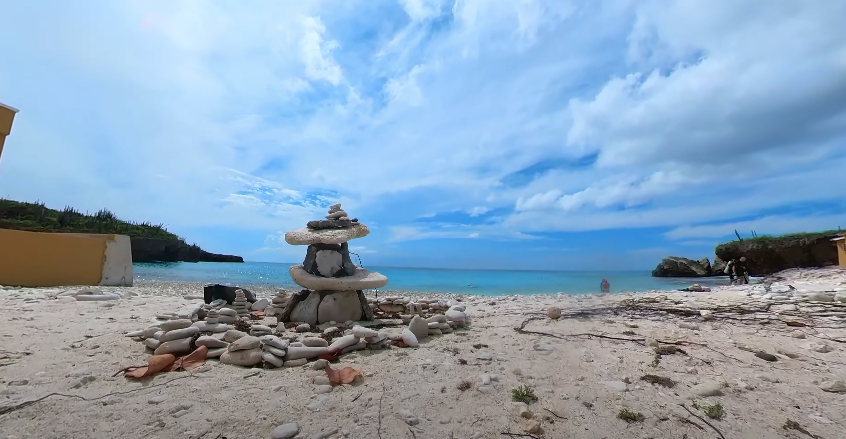
Driving back
Once you pass the first 3 dive sites (Playa Benge being the last one), you’re on a one-way road. This means it’s a very long and very UNPAVED road to get out. I held on tight as we bumped down the road and wildcats and iguanas jumped out of the way.
Driving like a bat out of hell you can make it in 30 minutes. However, there is a speed limit in the park, and my guess is a normal guest (that we passed on the road) likely took at least an hour or more to get out.
Want to see what driving around is like? I filmed parts of driving around the National Park in this video to help you decide if you would want to drive here.
What to pack?
Bonaire Island is a unique one and there are specific things about it (like very rocky shores or sharp coral pieces at the beach) that require “not necessarily your average pack list”. See below for a free printable pack list!
What else are the top things to do on Bonaire Island?
Short answer: there is A LOT to discover on the island. Don’t miss this blog post about “Top things to do on Bonaire Island” by clicking here!
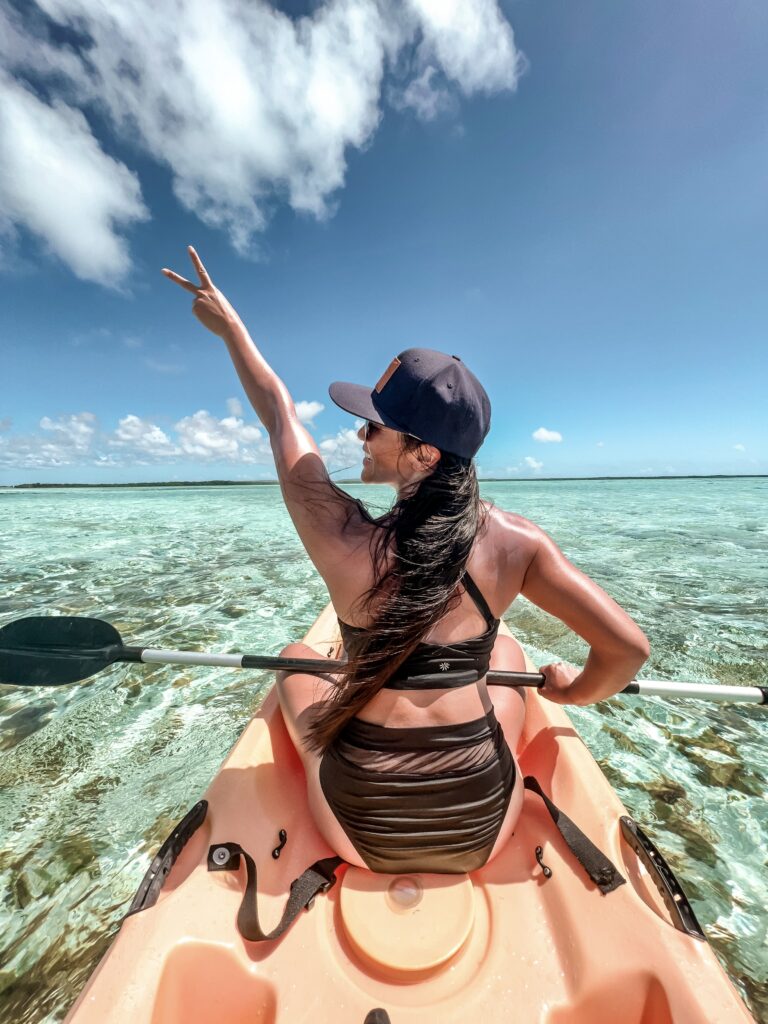
Bottom Line
If you’re curious about the unique sites that are here, have a free day, or love to bird watch, THIS is your spot to checkout.
Unlike other islands I’ve traveled to (for example, Hawaii), Bonaire isn’t top of my list for hiking and hitting the trail. The views on the North part of the island aren’t superior to those in the South (in my opinion).
My goal with the park was to see a few sites and see a different part of the reef while scuba diving. I was lucky that the entry/exit was relatively easy, on a normal day you need to be a very fit diver to be able to safely get in and out of these dives.
If you’re curious to learn more about scuba diving in Bonaire, join me in this next post!
